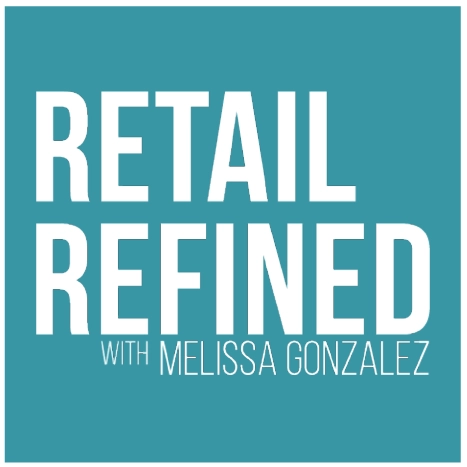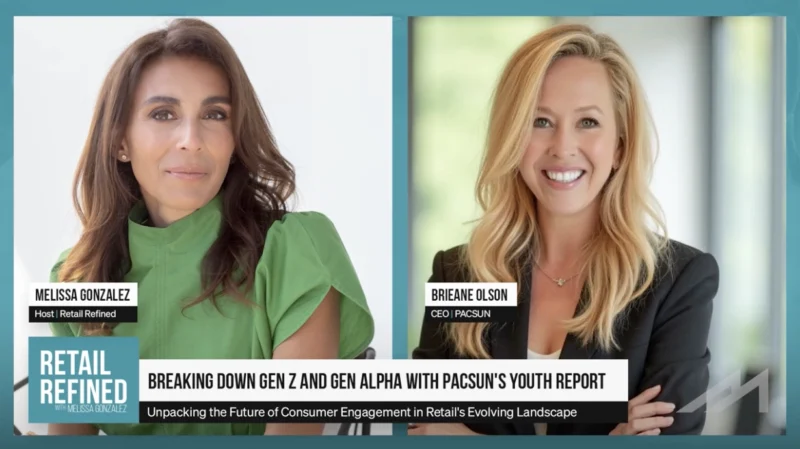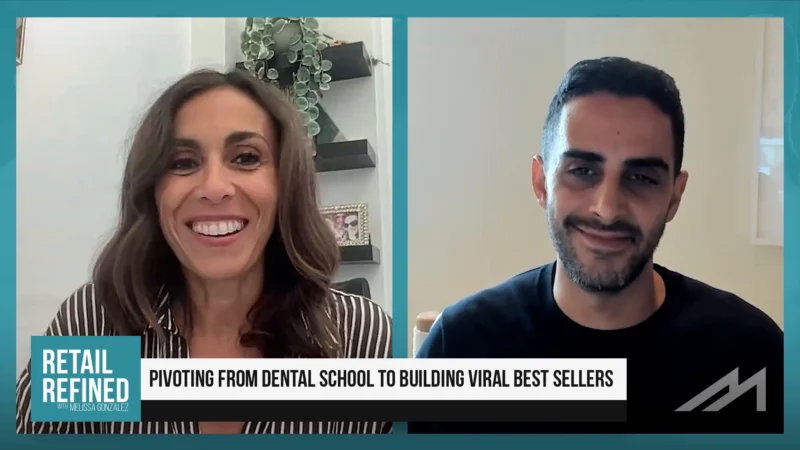How CPGs Are Using Retail Sales Data to Set Their Brand Apart in 2022
With the assumption supply chain issues will continue to impact retail for the foreseeable future, how can retailers best optimize their assortments heading into 2022? This question was on Retail Refined’s Melissa Gonzalez’ mind when she spoke with Andrew Criezis, Head of Product for SMB Globally, at NielsenIQ.
At NielsonIQ’s SMB segment, Criezis and his group work with small start-ups and brands that haven’t had a lot of experience working with data and understanding the marketplace and how to enter retail.
“For our retailer partners, it’s definitely a challenging time,” Criezis admitted. “One thing we’ve advised is that they look into their brand makeup and look into their shelf mix to understand what are the brands that can weather this storm the best, and what are the ones that they can rely on that have more successful supply chains and able to adapt given the marketplace over the last twelve months.”
In-store shopping did see a comeback compared to 2020. “So, in-store is not going away, but also at the same time the conversion to online, those trends are significant,” Criezis said. “And then for your in-store shoppers, it’s what type different type of engagements are you going to have or change the way they might shopping in-store, or track them in the store.”
From NielsonIQ’s data, Criezis said they’d seen a 5% reduction in total SKUs across all retailers. “That tells us most likely retailers are reducing the number of SKUs on the shelf, focusing more on some of their existing store brands versus some of the national brands. I think we’re also seeing a focus on local. That calling that out is standing as ‘I’m actually pulling from something in the neighborhood,’ or something that you can connect to on a more personal level.”




